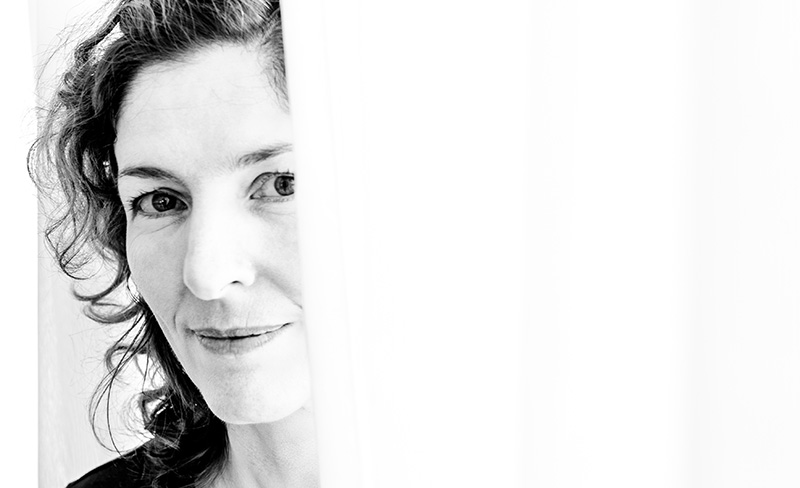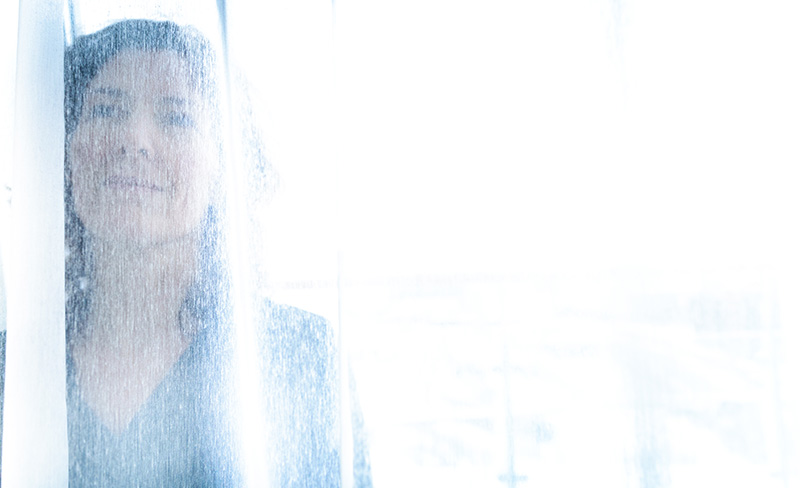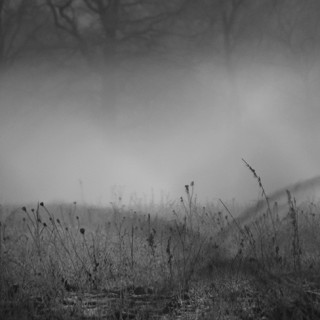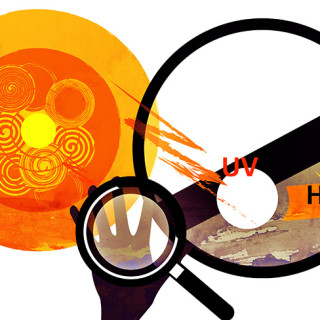Sustainable design connected to light and nature
A good building is a building that has access to natural light, low energy consumption, is resilient, that is, that can handle crisis situations, and satisfies people’s needs ‘naturally’. According to architect Marie-Claude Dubois, to achieve such a sustainable building design, we must strive for strong solutions.
THESE DAYS when we renovate or construct new office buildings, we believe that we can save a lot of energy through advanced lighting and ventilation solutions with associated control systems. But this is not always the case. According to Marie-Claude Dubois, the problem is that a construction or renovation project involves many systems – each part of a building has many different advanced solutions with many different control systems – but there is usually not enough coordination between them, and they lack a holistic approach.
“I don’t believe that the way to move forward is to have super controlled environments with a great number of advanced control systems – they require so much knowledge and understanding that is not available today, and then you end up developing weak architecture that is dependent on external energy to function. I don’t think it’s the right way if you are also to be prepared to face future climate change and a more unstable society”, says Marie-Claude Dubois.
IT’S NOT ALL ABOUT SAVING ENERGY – it’s about making sure that buildings function in a crisis situation. Buildings must be planned so that they function even without energy, for example in situations when we experience long-term power outages. According to Marie-Claude Dubois, a good building is one that provides a better indoor environment compared to outside, even without power.
“Even if I don’t have power, I should be able to be in the building in both summer and winter. Buildings are to provide protection. There is to be daylight, but not so much glass that it becomes unbearably hot if the sun is shining, if the ventilation stops working, or the windows won’t open. By having fewer, but good and correctly placed, glassed areas, you will get enough daylight to see what you’re doing without attracting too much heat. I think we need to go back to the architectural knowhow that existed before we had access to cheap energy sources”, she says.

WORKING TOWARD SUSTAINABLE CITIES is not a matter of how to decrease energy consumption and dependency on electricity and lighting. Sustainable building design is so much more – it also includes social and financial sustainability”, says Marie-Claude Dubois and continues:
“I don’t think you can plan buildings to be like space stations, and only have LED lighting. LED can never replace the quality and variation of daylight. Instead, we are now discussing a ‘biophilic’ design – that people need a connection to nature”.
“People’s access to greenery and open spaces seems to decrease as more and more people move to the cities. There is a risk that the only relationship that urban residents have to nature will be daylight, food, and other people”, says Marie-Claude Dubois. There is research showing that we recover faster after surgery when exposed to natural daylight and a view overlooking natural settings. It is also likely that we generally feel better by being connected to nature also indoors, for example, by having plants or contact with animals or other people. Marie-Claude Dubois enjoys thinking about how we can achieve this through biophilic design.
“How can we create a built environment that somewhat more closely resembles the original environment we come from? This is a question I think is very exciting for the future, as it would mean us focusing on things such as green ceilings and views of greenery from inside – we might even raise crops indoors”, she says.
“And daylight will be a big part of this because daylight gives us contact with the sun, nature, the sky. We can see what time of day it is, the cardinal direction, and the weather. Daylight gives people very important environmental information”, concludes Marie-Claude Dubois.
Text: Pia Romare
Photo: Kenneth Ruona
Facts
-
Marie-Claude Dubois
-
Marie-Claude Dubois conducts research within the field of Energy and Building Design at Lund University.
-
Biophilic design
-
Biophilic design is a new type of design, strongly influenced by nature and natural elements. Although many people today live in cities, we have an inherent inclination toward elements that reflect nature.




